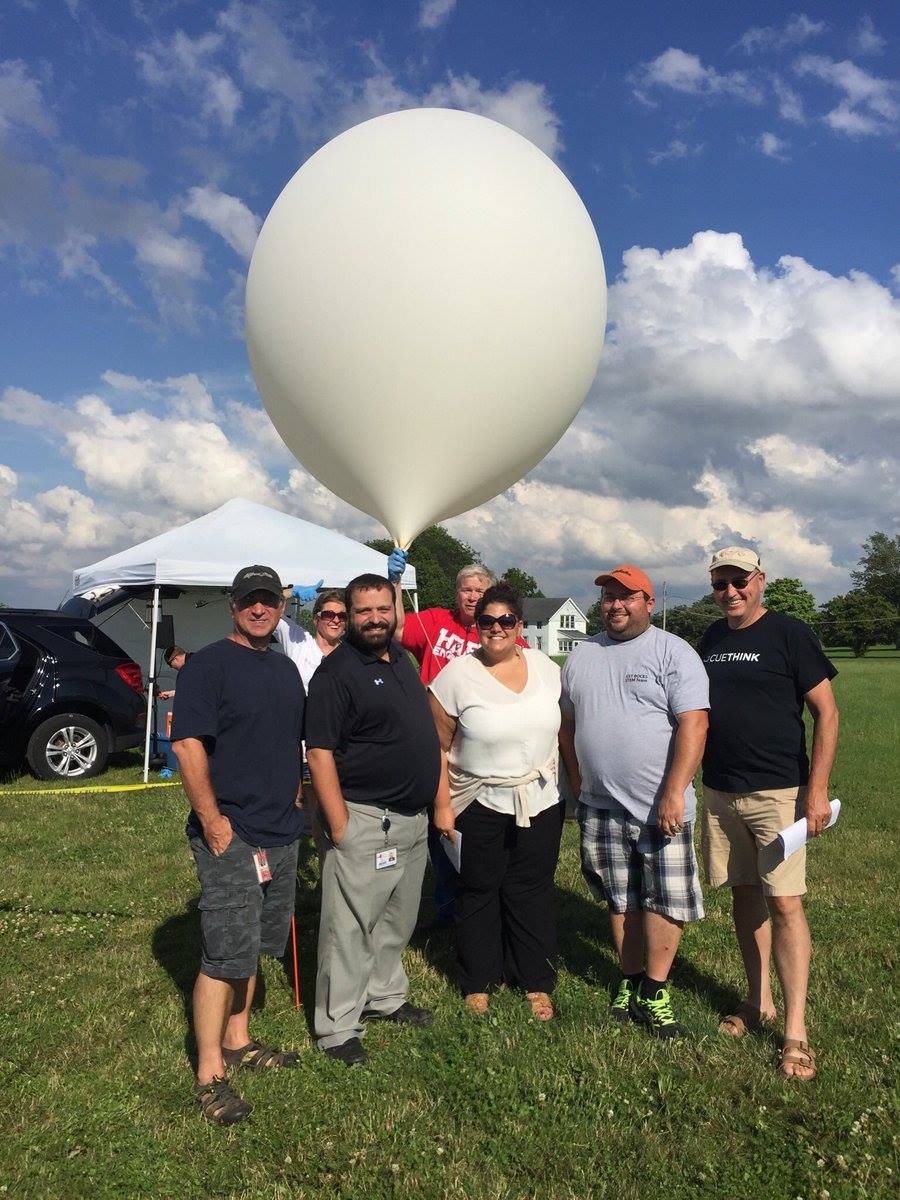Lifting Gas
Your high altitude weather balloon will need to be filled with a lighter-than-air gas which will allow the balloon and payload to ascend through the atmosphere. Typically, you’ll be using either helium or hydrogen. In the United States, most flights use helium due, because it’s easier to find commercial and it’s much safer to handle and transport. Hydrogen is cheaper and can give more lift due to its lower density, however, hydrogen is very flammable and must be handled with extreme care. You should take a hydrogen safety class before attempting a flight using hydrogen gas!
Helium can be bought by a number of local suppliers, such as AirGas, Praxair, or Matheson Trigas. Depending on the quantity, you can get one of your own high pressure containers filled or use one of theirs. Helium is typically stored in high pressure containers like K-cylinders. We purchase our helium from a local welding supply store where it’s usually easy to find helium. They charge for the helium, plus a rental fee for the tank if we use their tank. You’ll normally want to avoid getting helium from a party store, because their “helium” is actually mostly nitrogen. You should be sure to find a supplier with helium that is 99%+ purity. Use the balloon calculator tools to determine how much helium you need to purchase. Pro Tip: Sometimes things go wrong during filling. Be prepared to scrub the flight or buy enough helium to fill 2 balloons in case something goes wrong during inflation. (ex: balloon breaks during filling)
Inflating you weather balloon
Before you start the inflation process, be sure everyone on your launch team is wearing latex or vinyl gloves to keep the oils on your skin away from the balloon material. See our guide: How to Inflate a Weather Balloon

